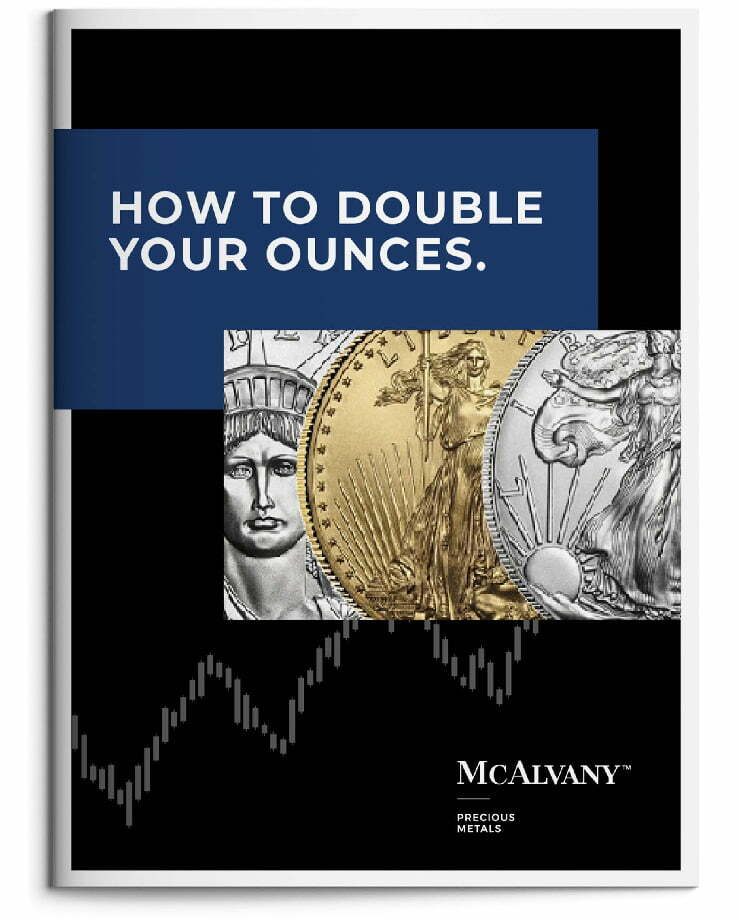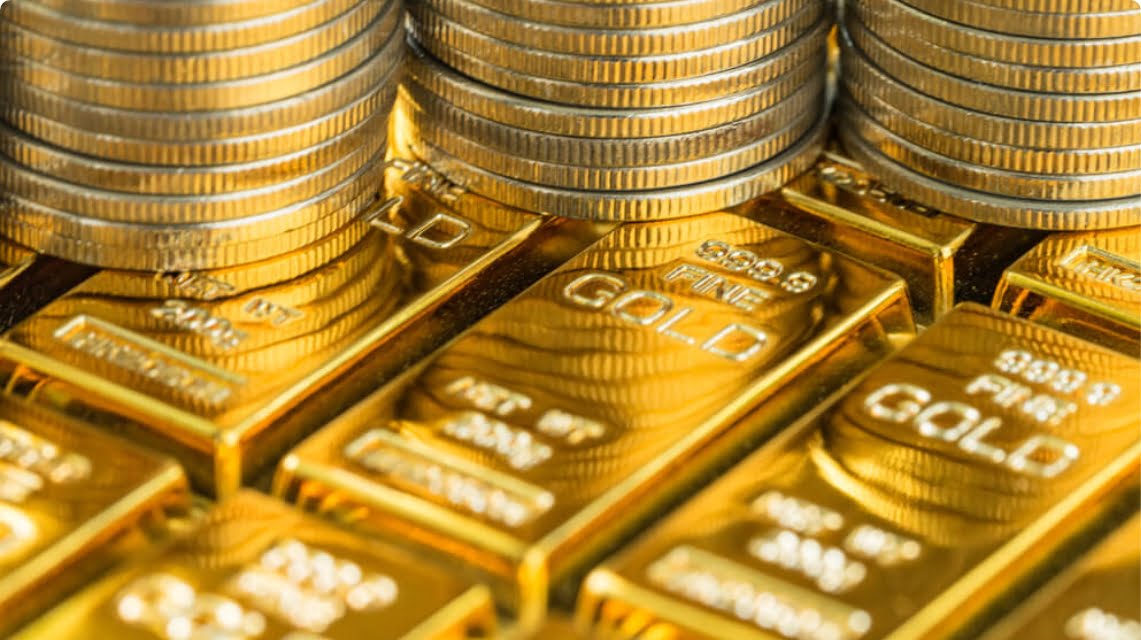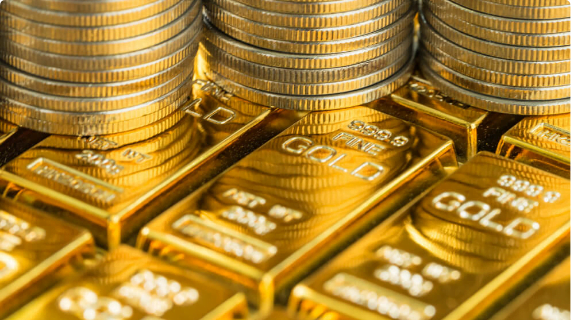Enjoy the Ride
This author is currently engaged in a terrifying test. For the first time, I’m solely responsible for taking care of my 16-month-old son for multiple days while my wife is out of town. Luckily, he’s a wonderful little guy who’s being (mostly) merciful to his dad while certainly providing much joy. That said, writing time has been constrained. Accordingly, HAI will be quick to the point.
Gold, silver, and precious metals mining stocks are all in powerful runaway moves to the upside. All of them are technically extremely overbought and stretched, but all are benefiting from very strong momentum and incredibly powerful bullish fundamentals that are seemingly just now starting to catch attention. HAI expects a correction at some point, but by no means a bull market top anytime soon. In fact, with the dollar threatening to roll over to the downside again shortly, the set-up remains ripe for gold to potentially test the $4,000/oz level and silver to test (and perhaps break) its all-time highs near $50/oz—in short order. Regardless of just how far we run up before an eventual correction, HAI believes this bull market will continue again (perhaps even accelerate) after a correction, and is shaping up to be a bull market for the ages. By the later stages of this bull market, HAI expects gold to significantly exceed $4,000/oz and silver to dramatically surpass $50/oz.
Over recent months, HAI has repeatedly suggested that the Trump administration, by national security necessity, looks very likely to pursue policy prerogatives that prioritize addressing our most critical, long-ignored national vulnerabilities. Those critical priorities include the revitalization and reshoring of America’s severely atrophied manufacturing base and a significant reduction in the national debt-to-GDP ratio.
If this administration does indeed seek meaningful progress on both fronts, there are several critical implications for investors. The U.S. dollar is likely to be considerably weakened, the yield curve is likely to be substantially suppressed, and the economy is likely to be run hot. That means Fed rate cuts to lower yields at the short end of the curve (despite inflation well above target), some form of yield curve control on the long end of the curve, and industrial policy that features highly inflationary money printing to pay for the re-shoring and revitalization of the U.S. manufacturing base as the official sector buys commodities, properties, companies, and assets deemed critical to national security.
This week offered the latest evidence that we are firmly on that inflationary path. South Korea’s President Lee said that U.S. investment demands would spark a financial crisis for his country. According to CNBC, Lee told a translator that, “without a currency swap, if we were to withdraw $350 billion in the manner that the U.S. is demanding and to invest this all in cash in the U.S., South Korea would face a situation as it had in the 1997 financial crisis.”
Joseph Wang, a former NY Fed trader now turned macro commentator, summarized his take on President Lee’s comments by saying, “South Korea is suggesting that their $350B investment in the U.S. is so large it requires an FX swap line, which in turn implies that the Fed would be the ultimate financier of the investment.”
In other words, if in order to confirm both South Korea’s investment and Trump’s apparent trade war “victory” the Fed supplies South Korea with a U.S. dollar swap line, then the deal isn’t what it seems. In that case, the Fed would be the ultimate financier of South Korea’s investment. Rather than foreign investment, this would be a covert version of Fed money printing funneled through a foreign third party for eventual domestic reinvestment. It would also be an extremely inflationary policy path. Furthermore, HAI suspects the South Korea deal won’t be a one-off. Many more U.S. trade deal “victories” will likely be structured similarly.
If this is correct, then what are we seeing domestically? Well, a rash of headlines in recent weeks suggests that industrial policy (the aforementioned money printing to revitalize U.S. manufacturing while the official sector buys assets deemed critical to national security) is now U.S. policy, and it’s gaining significant momentum.
Following the news that the U.S. government has become the largest shareholder in MP Materials over the summer, the Financial Times ran the September 16 headline “US in talks to fund multibillion-dollar mining initiative for critical minerals.” On September 18, the Wall Street Journal ran the headline, “Trump’s team explores government-backed manufacturing boost.” And on September 23, a Reuters headline read, “US Antimony Corp wins $245m Pentagon contract to build defense stockpile.”
Then, on September 24, a Reuters headline read, “Lithium Americas soars on report Trump Administration seeking equity stake.” According to Reuters, “U.S.-listed shares of Lithium Americas surged more than 70% in premarket trading on Wednesday after a report said the Trump administration was seeking an equity stake of up to 10% in the miner… as part of talks to renegotiate a $2.26 billion government loan for its Thacker Pass lithium mine… the latest sign of involvement in industries the government sees as critical to national security.”
In HAI‘s view, the U.S. is already going to have to run the economy hot (keep the economy stimulated and suppress real yields lower than the rate of inflation) secularly to help bring debt-to-GDP levels down to functional levels. That’s already very good for gold. But now we have increased confirmation that the U.S. is moving toward a clear industrial policy with significant additional inflationary consequences. It looks like the U.S. has only just begun what will likely become a much larger push to print money to buy critical minerals, rebuild industrial capacity, and establish secure supply chains.
If the issuer of the global reserve currency (dollar) and global reserve asset (Treasuries) is actively trying to inflate away its debt obligations while simultaneously engaged in increasingly full-throttle money-printing industrial policy, then the world needs a new reserve asset. The world needs gold. With gold pressing towards $4,000/oz, it appears the world is starting to figure that out. We appear to have just begun to see the mad dash to exchange long-term government debt (destined to get crushed secularly on a real inflation-adjusted basis) for gold and hard assets more broadly.
Crucially, we are now seeing signs that even first movers on Wall Street are catching on. This month, in an unprecedented development, Morgan Stanley Chief Investment Officer Mike Wilson actually recommended that the traditional 60% stocks/40% bonds portfolio (essentially the Wall Street portfolio recommendation for the post-1971 dollar-centric global system) be reformed to a new 60% stocks/20% bonds/20% gold portfolio—with gold the new addition as the “anti-fragile” hedge asset. In HAI‘s view, that’s a bombshell crack in Wall Street’s conventionally unified front.
Bonds used to be the anti-fragile hedge in the old 60/40. They were advocated as being as good as gold but better because bonds have a yield. What Wilson is really suggesting, gently, is that at this point gold will preserve value better than bonds—even with the yield offered by bonds. Reading between the lines, HAI believes that Wilson is by good and necessary consequence advocating a new 60/40 mix of stocks and gold. Furthermore, in HAI‘s view, Mike Wilson’s admission is just the start of what will be a major shift toward embracing gold and the hard-asset thesis later in the bull market.
In the meantime, enjoy the ride. We don’t appear to be anywhere near “later” yet.
Weekly performance: The S&P 500 was off 0.31%. Gold was up 1.86%, silver gained 6.87%, platinum surged 12.17%, and palladium gained 11.14%. The HUI gold miners index was up 4.64%. The IFRA iShares US Infrastructure ETF was up 1.00%. Energy commodities were volatile and higher on the week. WTI crude oil was up 4.47%, while natural gas gained 9.91%. The CRB Commodity Index was up 2.02%. Copper was higher by 3.02%. The Dow Jones US Specialty Real Estate Investment Trust Index was up 1.53%. The Vanguard Utilities ETF was nearly up 2.48%. The dollar index was up 0.55% to close the week at 98.18. The yield on the 10-yr U.S. Treasury was up 5 bps to close the week at 4.18%.
Have a wonderful weekend!
Best Regards,
Morgan Lewis
Investment Strategist & Co-Portfolio Manager
MWM LLC















